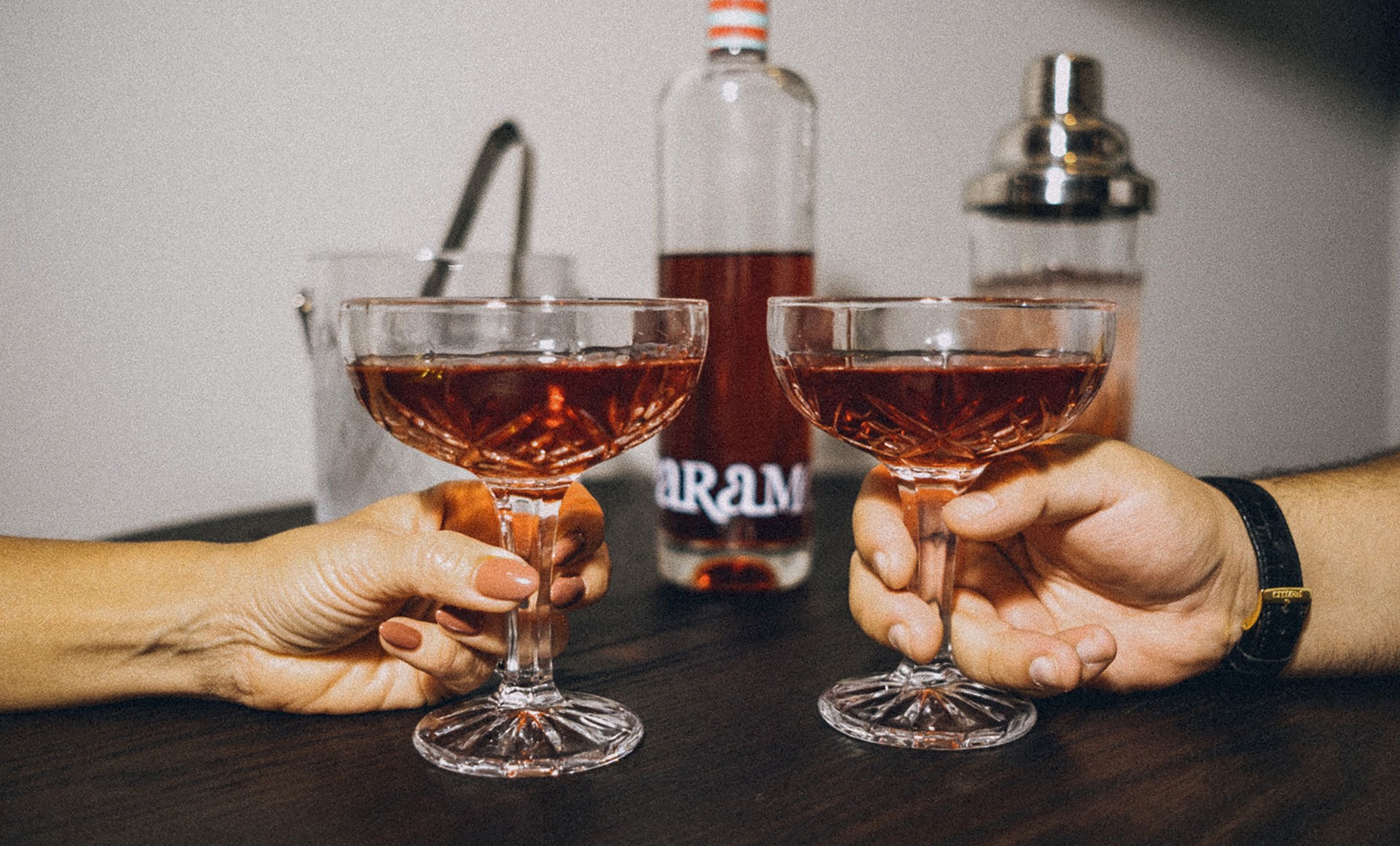The alcohol industry has always been one to thrive on tradition, but there’s no ignoring that things are changing. The rise of low and no-alcohol beverages is more than just a trend—it’s a cultural shift that’s forcing the industry to reimagine the way we drink, socialize, and, dare I say, celebrate.
Millennials and Gen Z are leading the charge.
These younger, health-conscious generations are moving away from the traditional “more is better” mentality, opting instead for quality over quantity. As they grow increasingly aware of the potential downsides of alcohol, they’re also heavily influenced by the endless stream of lifestyle influencers on TikTok and Instagram. And guess what? They’re not ashamed of it. Nearly 17% of all no-alcohol consumers in 2023 were new to the category, with Millennials accounting for 45% of those making the shift. If you ask me, it’s about time we embrace a new way of thinking about our drinks. After all, you don’t need to be half-drunk to have a good time.
This growing demand for low and no-alcohol options reflects a shift in how we view wellness and mindfulness. Nearly 60% of American consumers are adjusting their lifestyles, prioritizing health and wellness as their second-biggest spending focus after essential living expenses. No surprise here: low-alcohol beverages, particularly those with added health benefits like botanicals and adaptogens, are stealing the spotlight. Recent surveys reveal that 33% of Americans drank less in 2024, and almost half are cutting back their drinking in 2025.
But let’s be real: the low and no-alcohol beverage category isn’t exactly flooded with options just yet. Despite the growing demand, there are still hurdles—chief among them, availability. A staggering 47% of low-alcohol consumers in 2023 said they don’t drink these options more often due to limited access. Honestly? It’s a bit of a shame. If you’re trying to embrace a more mindful drinking habit, you shouldn’t have to scour the aisles like you’re hunting for a hidden gem. But here’s where things are changing: there’s an increasing push for better availability, from retailers to on-trade venues like bars and restaurants,and we’re finally starting to see these drinks become more mainstream.
In addition, consumers are willing to pay up for premium experiences. The low and no-alcohol market is thriving, and the higher price points are only helping brands like Paramour stand out. After all, quality matters—whether it’s a bold low-alcohol aperitif or a sleek mocktail. It’s clear that the market is shifting toward premium, flavorful, and thoughtfully crafted products.
Let’s talk specifics.
Liqueurs and aperitifs are experiencing some serious growth, with the market value set to rise from $130 billion in 2023 to $181 billion by 2033, signaling strong demand for lower-ABV, complex spirits. Meanwhile, RTDs (ready-to-drink beverages) have been on fire, with a 37% compound annual growth rate (CAGR) from 2019 to 2021. Traditional high-proof spirits like whiskey and vodka, however, have seen a slowdown, suggesting that consumer attention is shifting toward alternative, innovative options. I’d say this shift bodes well for brands like Paramour that are embracing this new wave of mindful drinking.
We’re in a moment of reinvention.
The alcohol industry has to evolve with the times, and it’s no longer enough to offer the same old, same old. It’s about creating an experience that is as mindful as it is indulgent. Low and no-alcohol beverages are here to stay, and with the rise of premium, health-conscious, and functional drinks, consumers are demanding more.
Let’s toast to that!
No, seriously—I’ll be sipping on my Paramour while you do.
